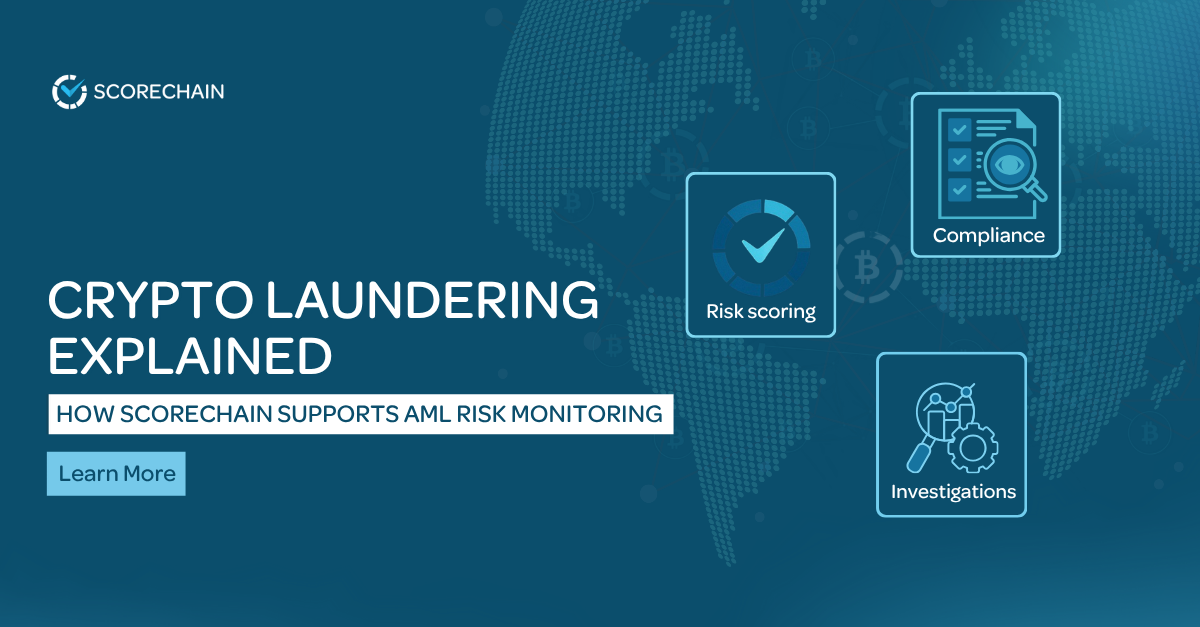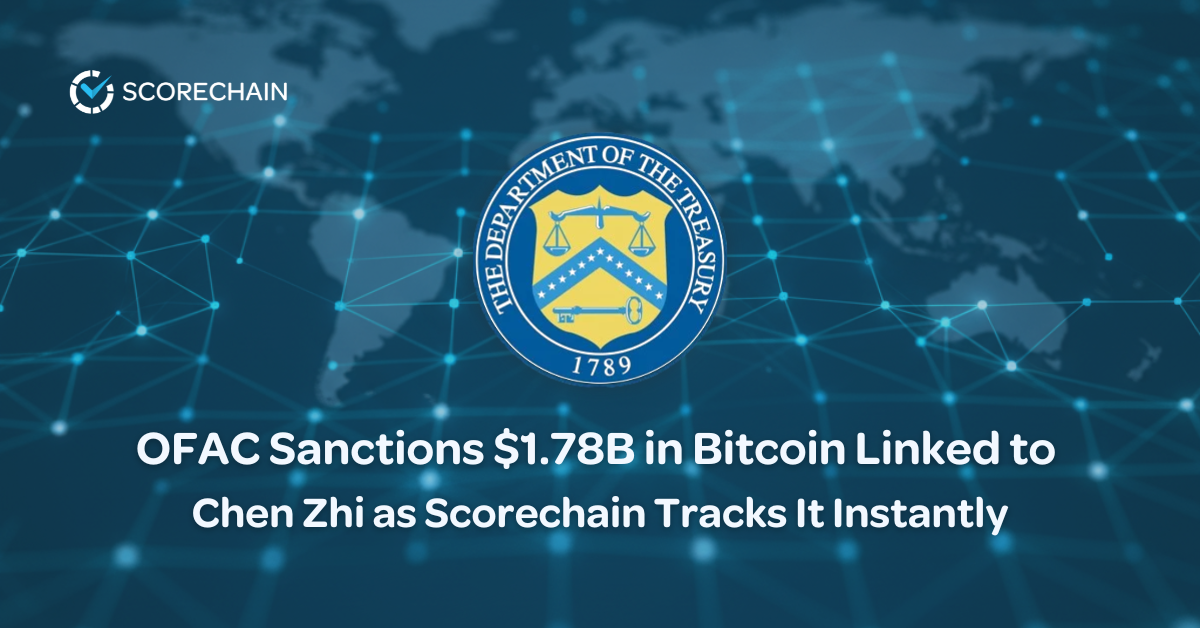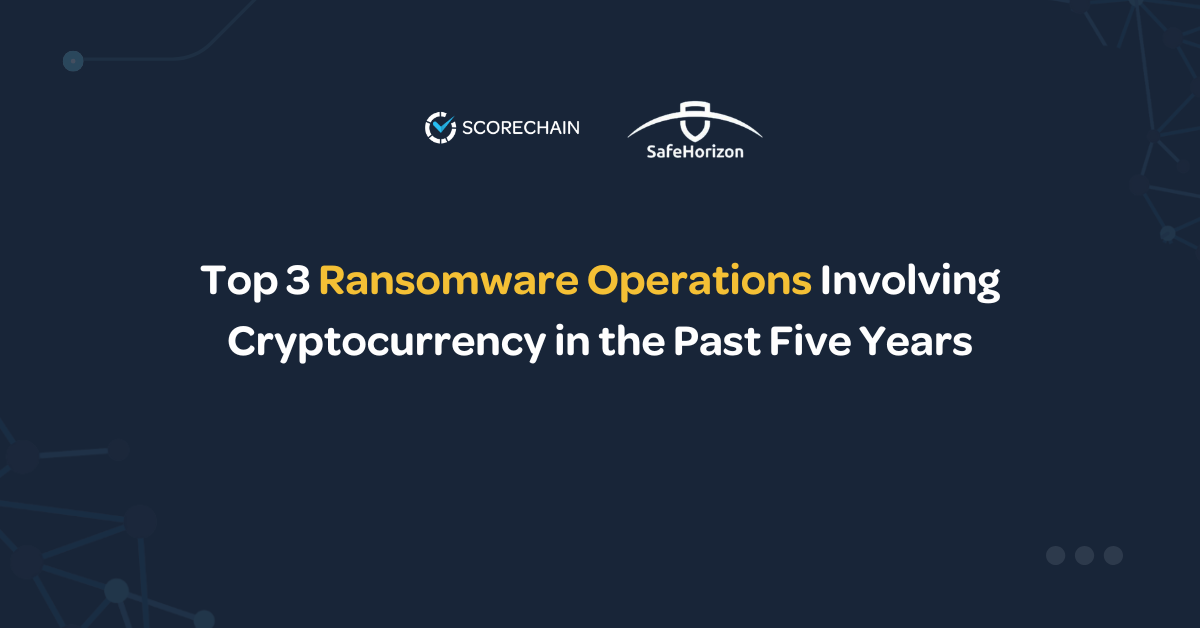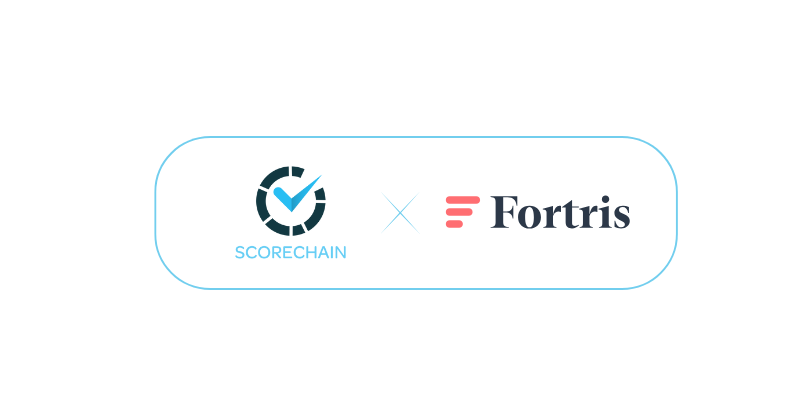What is Ethereum?
First, let's look at Ethereum. Ethereum is a blockchain with a native cryptocurrency, Ether (ETH). It has been created in 2015 by the programmer Vitalik Buterin. The Ethereum blockchain allows users to transfer Ether between them. Besides, and unlike the Bitcoin blockchain, the Ethereum blockchain allows users to build decentralized applications (DApps) that run on their own such as decentralized exchange (DEXs) or decentralized finance (DeFi) protocols.
This allowed Ethereum to become popular amongst the crypto community. Here are 5 things to know about Ethereum.
1. ETH: the second-largest cryptocurrency
According to coinmarketcap.com, the price-tracking website for cryptocurrencies, ETH is the second-largest cryptocurrency by market capitalization, with a total market cap amounting to $462,731,638,091 and a circulating supply of 117,413,191 ETH (as of Sept. 6, 2021). Thus, Ether is the second-largest cryptocurrency, just behind Bitcoin.
Unlike Bitcoin or other cryptocurrencies, ETH’s total supply is not limited. If we take the example of Bitcoin, the total supply is 21 million bitcoins.
2. Proof of work consensus
The Ethereum blockchain relies on a proof-of-work (PoW) consensus to add new blocks to the blockchain. This process, mining, is how new Ether is put in circulation.
In short, miners focus on verifying Ether transactions. Once miners verified transactions, they can add them to the blockchain. To do so, miners must have sufficient computing power to solve complex math functions. After this math function is solved, the transaction will be added to the blockchain and the first miner that solved it will get a reward for his/her work.
Today, many blockchains are using a proof-of-work consensus, such as the Bitcoin blockchain for example.
3. ERC-20 tokens and stablecoins
The Ethereum blockchain uses smart contracts and allows developers to build new programs on top of it, such as ERC-20 token contracts.
More specifically, an ERC-20 token is a type of cryptocurrency that relies on a smart contract on the Ethereum blockchain. The first ERC-20 token in terms of market capitalization is Tether (USDT), with a $65,012,277,311 market capitalization. Other well-known ERC-20 tokens are, for example, USD Coin (USDC), Uniswap token (UNI), or Binance USD (BUSD).
Moreover, a stablecoin is also a kind of ERC-20 token, that is backed by another asset (it could be a fiat currency for example). USDT is one well-known stablecoin and is backed by the US Dollar.
4. Eth 2.0
Ethereum will gradually be updated to be more scalable, secure, and sustainable. The full transition to Eth 2.0 should occur in late 2021 or 2022.
Eth 2.0 will introduce a proof-of-stake (PoS) consensus to the Ethereum blockchain. Today, Ethereum is relying on a proof-of-work consensus. With Eth 2.0 upgrades, it will switch to a proof-of-stake consensus to make mining more accessible and less energy-consuming. With this consensus, miners must stake their ETH to become validators and then verify transactions and add them to the blockchain2.
In August 2021, the London hard fork upgraded the fee calculating system, reducing them and making them less volatile, which has been a recurring concern for Ethereum users.
5. ETH’s increasing adoption
Lastly, the graph below shows that Ethereum and Ether are being used more and more by the public. Indeed, the number of Ethereum addresses quickly increased since 2018, with more than 168 million addresses in September 20213.
Besides, the DeFi boom from late 2020 also contributed to the increasing adoption of Ethereum by the public. For example, the total USD value locked in DeFi grew rapidly since late 2020 and is now worth more than $88 billion (against $10 billion in October 2020)4.
Also, the DeFi boom makes institutional investors turn to Ethereum. For example, Grayscale, a cryptocurrency investment fund, reported that in Q1 2020, the average weekly investment in the Ethereum trust was $8.5 million5 against $26.3 million in Q4 20206.
Read more about institutional investors turning to crypto here.
Mitigating AML risks related to ETH
ETH is currently one hot cryptocurrency with increasing usage and adoption. However, with increasing popularity often comes increasing risks. We can take the example of three hacks that hit the cryptocurrency ecosystem in August: the Poly Network, DAO Maker, and Liquid hacks. As a result, the platforms lost hundreds of millions in cryptocurrencies, notably ETH and various ERC-20 tokens.
Of course, stolen funds represent higher risks when it comes to money laundering (ML) and terrorism financing (TF). Therefore, virtual asset service providers (VASPs) should be wary of such funds and avoid them if they want to remain compliant with local and international crypto regulations.
Scorechain supports the Ethereum blockchain with full coverage of ERC-20 tokens and stablecoins to help VASPs monitor funds and assess the level of risk associated, giving them all the information they need to meet regulatory requirements on cryptocurrencies.
Would you like to see how Scorechain can help your company in its compliance journey? Don’t hesitate to reach out to us.
About Scorechain
Scorechain is a Risk-AML software provider for cryptocurrencies and digital assets. As a leader in crypto compliance since 2015, the Luxembourgish company serves over 100 customers in 37 countries, ranging from cryptocurrency businesses to financial institutions with crypto trading, custody branch, digital assets customers onboarding, audit and law firms and some LEAs.
Scorechain solution supports Bitcoin analytics with Lightning Network detection, Ethereum analytics with all ERC20 tokens and stablecoins, Litecoin, Bitcoin Cash, Dash, XRP Ledger and Tezos. The software can de-anonymize the Blockchain data and connect with sanction lists to provide a risk scoring on digital assets transactions, addresses and entities. The risk assessment methodology applied by Scorechain has been verified and can be fully customizable to fit all jurisdictions. 300+ risk-AML scenarios are provided to its customers with a wide range of risk indicators so businesses under the scope of the crypto regulation can report suspicious activity to authorities with enhanced due diligence.
References:
.png)




















